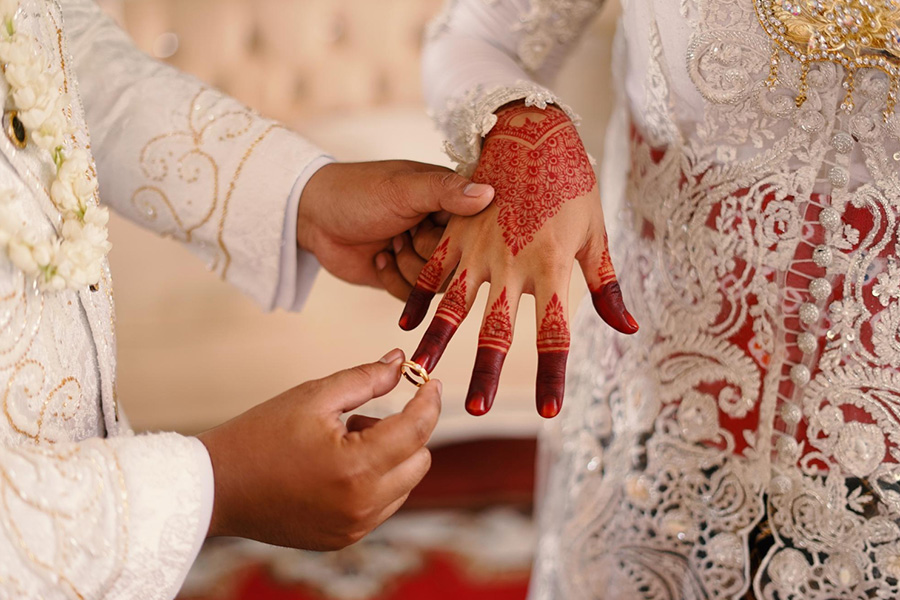
This article critically evaluates the issues of the age of consent for marriage for women, child marriage, and sexual abuse of minor children in marriage as per criminal laws and their impact on Muslim personal law.
Authors
Amit Upadhyay, Associate Professor, Jindal Global Law School, O.P. Jindal Global University, Sonipat, Haryana, India.
Abhinav Mehrotra, Assistant Professor, Jindal Global Law School, O.P. Jindal Global University, Sonipat, Haryana, India.
Summary
Islamic personal laws allow a Muslim girl to enter into a marriage contract after reaching puberty. In contrast, civil and criminal laws prohibit girls under the age of 18 from being married and make sexual intercourse with minors a penal offence, irrespective of their consent. The issue of child marriage and the age of majority based on puberty has created controversy due to contradictory judgments of various High Courts.
These judgments by High Courts in India paint an ambiguous picture about the applicability of the Protection of Children from Sexual Offences Act, 2012 (POCSO) to such Muslim Marriages. The National Commission for the Protection of Child Rights (NCPCR) has petitioned the Supreme Court to examine whether personal laws can override criminal laws aimed at protecting minor girl children.
As a result, the need for the uniform application of criminal laws relating to sexual offences against children in child marriages in the Muslim community has gained prominence.
This article critically evaluates the issues of the age of consent for marriage for women, child marriage, and sexual abuse of minor children in marriage as per criminal laws, such as the Prohibition of Child Marriage Act, 2006 (PCMA) and POCSO and their impact on Muslim personal law. The article concludes by stating that a Uniform Civil Code may not solve social evils like child marriages. We should focus on reforming personal laws by regulating marriage more broadly through harmonising personal and criminal laws.
Published in: Manchester Journal of Transnational Islamic Law and Practice
To read the full article, please click here.

